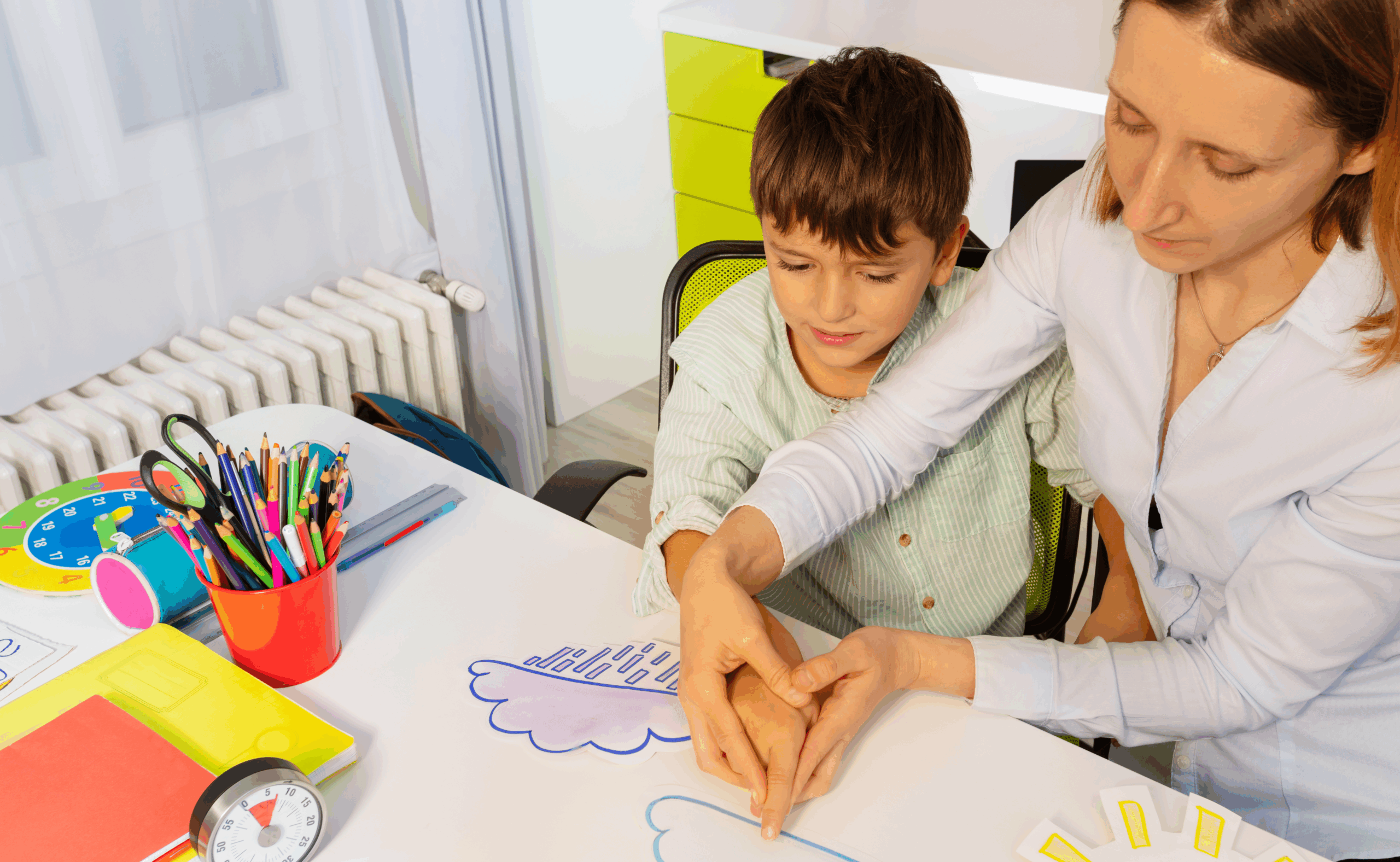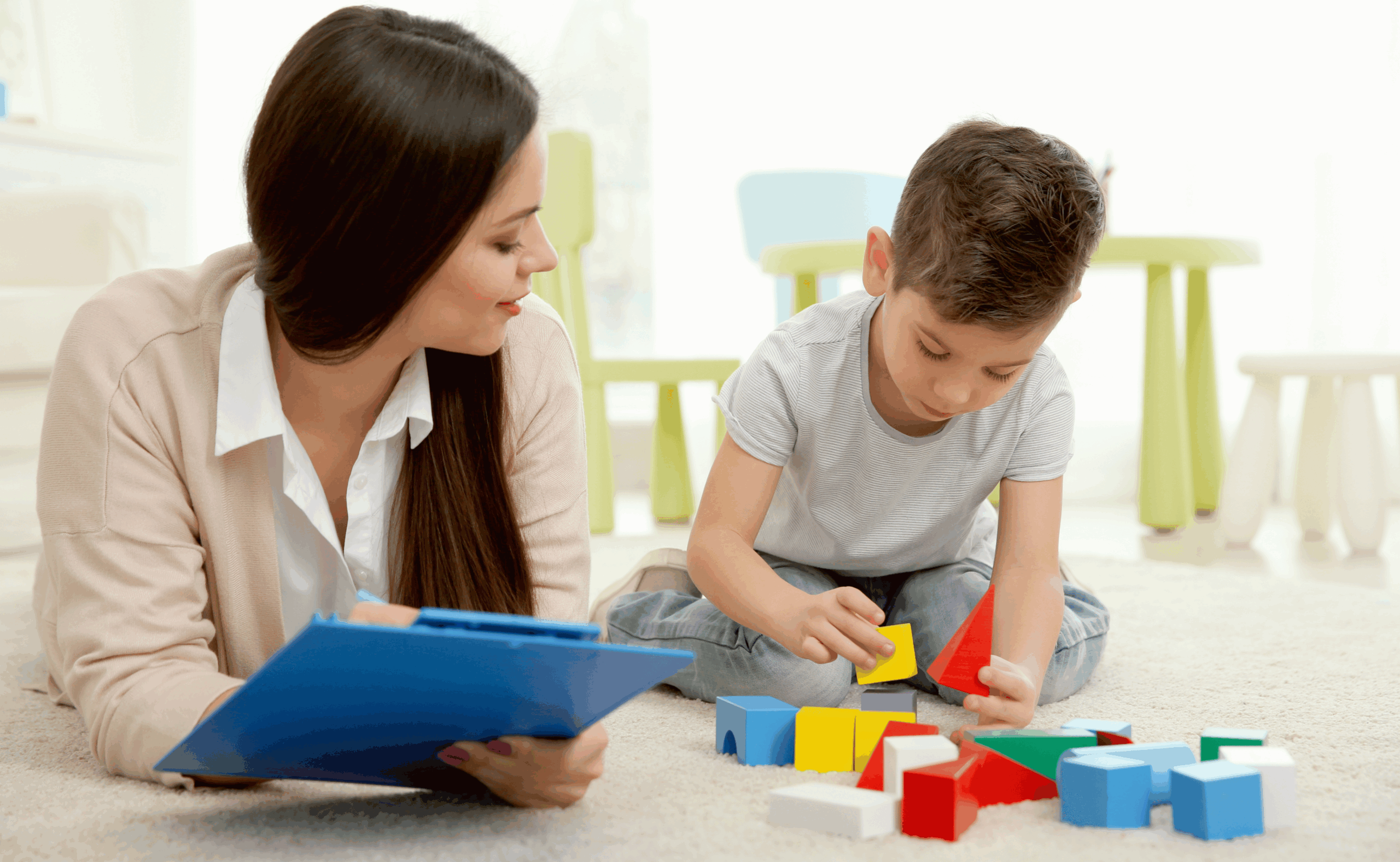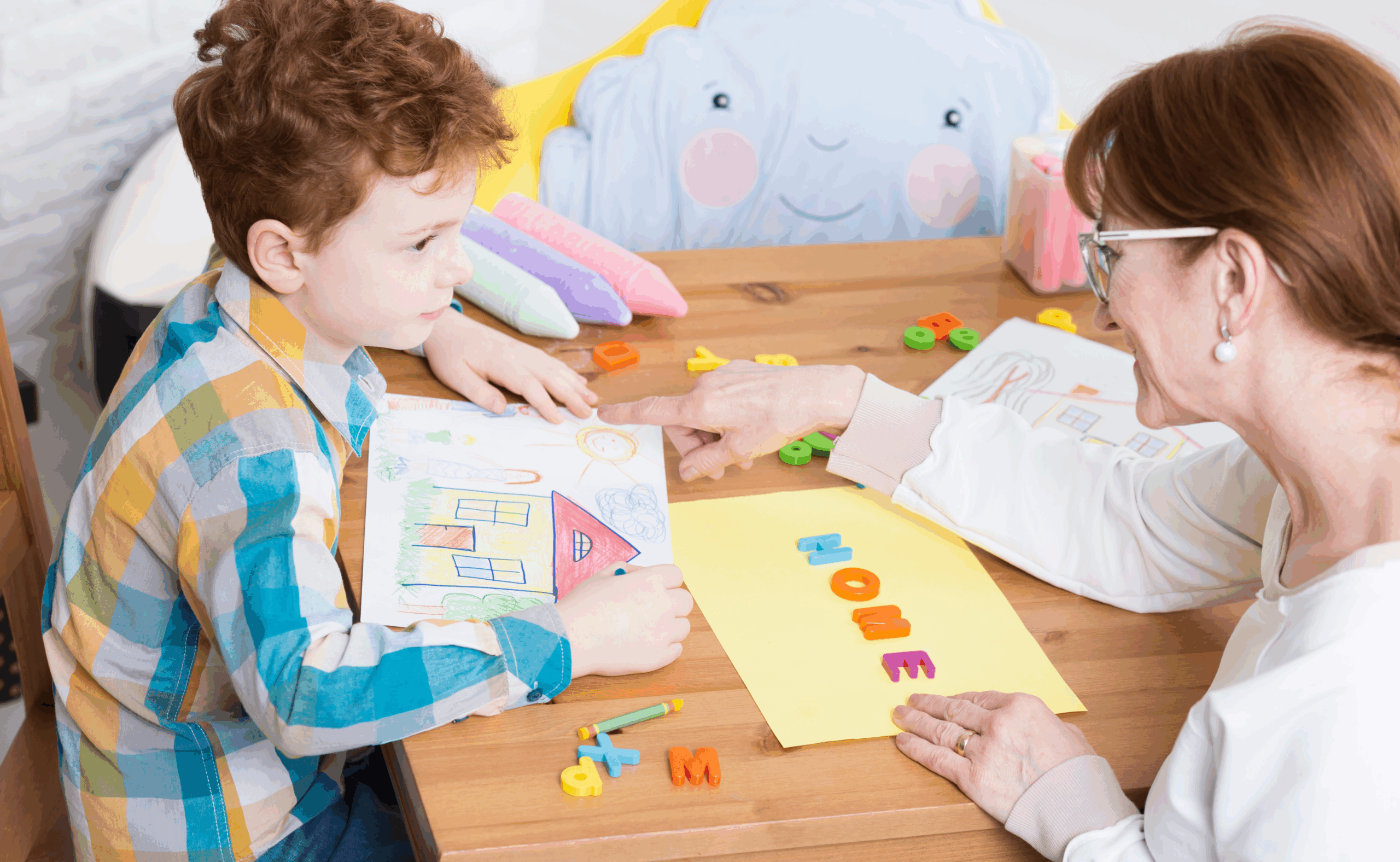Dealing with your child’s tantrums can be challenging, especially when emotions run high. Understanding the underlying reasons behind tantrums and maintaining your own composure are key in handling these situations effectively. Tantrums are a natural part of your child’s development, but knowing how to respond calmly and preemptively can make a significant difference.
What Causes Temper Tantrums?
Knowing what can set off temper tantrums in children is important for parents and caregivers. When you recognize these common triggers, you can anticipate and possibly prevent meltdowns before they happen. Here are some typical situations that may make children throw tantrums:
-
Frustration
This is a big one! Toddlers are eager to explore and do things themselves, but their skills and abilities are still developing. When they can’t accomplish something, like opening a tricky toy package, it can be incredibly frustrating and lead to a tantrum.
-
Lack of Communication Skills
Young children are still learning to express themselves with words. When they can’t get their point across, they may resort to crying, screaming, or throwing a tantrum to get their needs met.
-
Tiredness and Hunger
These basic needs are crucial for anyone’s mood, but especially for young children. A missed nap or skipped snack can quickly turn a happy toddler into a cranky one prone to tantrums.
-
Overstimulation
Too much noise, activity, or unfamiliar surroundings can overwhelm a young child. This overload of sensory information can lead to meltdowns.
-
Transitions
Going from one activity to another, like playtime to nap time, can be disruptive for toddlers who crave routine. These changes can trigger tantrums, especially if they’re not prepared for the shift.
-
Seeking Attention
Sometimes, a tantrum is simply a child’s way of getting your attention. Even negative attention is better than no attention in their minds.
-
Wanting Something
Whether it’s a coveted toy, a sweet treat, or staying up past bedtime, wanting something they can’t have can lead to a tantrum.
-
Feeling Unwell
An earache, a tummy ache, or even just feeling under the weather can make a child cranky and more prone to tantrums.
What to Do Before, During, and After Temper Tantrums
Dealing with temper tantrums is a common challenge for parents, but understanding how to handle them effectively can make a significant difference. From preparing ahead of time to staying calm in the moment and offering support afterward, here’s a guide to handling tantrums effectively and helping your child learn to manage their emotions.
Before a Tantrum
Preparing before a tantrum occurs can significantly reduce its intensity and help both you and your child navigate challenging emotions more smoothly. Understanding your child’s triggers, maintaining a supportive environment, and having strategies in place to redirect their focus, can help you proactively manage situations before they escalate into tantrums. Here are some things you can do before your child’s temper tantrums start:
- Talk About Feelings
Spend time talking with your child about how they feel. Use stories or pretend play to show them good ways to handle feelings like being upset or frustrated. - Know Your Child
Take the time to understand your child well. Notice what makes them happy or upset and learn their cues for when they might be getting overwhelmed or tired. - Keep an Eye Out
Pay attention to how your child is doing throughout the day. If you notice they’re starting to get restless or irritable, try to intervene early. Offering a snack, suggesting a break, or changing the activity can often prevent a tantrum. - Distract Them
When you see your child getting upset, try to change their focus. Offer them a favorite toy or suggest doing something they enjoy. Redirecting their attention can sometimes stop a tantrum before it escalates.
During a Tantrum
When your child is having a tantrum, it’s important to stay calm and be there for them. Tantrums happen because children can’t always express themselves well or get frustrated easily. By staying relaxed and understanding, you can help your child feel safe and cared for during this tough time. Here are some ways for you to help your child during a tantrum:
- Keep Everyone Safe
Make sure your child is safe during a tantrum. Move them away from any potential hazards like sharp objects or crowded areas. - Stay Calm
Calm yourself. Your child picks up on your emotions, so staying relaxed can help them calm down too. Being patient and understanding shows them that it’s okay to feel upset sometimes. - Give Them Space
Create a quiet corner at home where your child can go to calm down. Having a designated calm spot gives them a chance to calm their emotions away from whatever upset them. - Listen and Comfort
Listen to your child’s feelings without judgment. Get down to their eye level, speak gently, and let them know you understand why they’re upset. Offering comfort and reassurance can help them feel secure.
After a Tantrum
After your child has had a tantrum, it’s important to help them calm down and understand what happened. Here’s how you can take a gentle approach to your child after their temper tantrum:
- Talk About It
After the tantrum has passed, talk calmly with your child about what happened. Help them understand their feelings and encourage them to think about better ways to manage those feelings next time. - Encourage Kindness
Help your child understand that everyone gets upset sometimes. Talk about how to be kind and supportive to others, especially when they’re upset. Teaching empathy helps your child build positive relationships.
How Daycare Can Help Reduce Tantrums
Daycare isn’t just about childcare; it can also play a significant role in shaping your child’s behavior and emotional development. Putting your child in a daycare environment in Ohio that provides structured routines, social interaction opportunities, and skilled supervision will allow them to foster skills that help reduce tantrums.
- Learning Social Skills
Interacting with other children at daycare teaches valuable social skills such as sharing toys, taking turns, and resolving conflicts. These interactions help children learn to express themselves better and reduce frustration-triggered tantrums. Through play and daily activities, children learn how to cooperate, communicate their needs, and understand the feelings of others. - Establishing a Routine
Daycare centers follow structured daily routines that provide toddlers with a sense of security and predictability. Knowing what activities come next helps children feel more comfortable and less anxious about transitions between different parts of the day. This stability can reduce tantrums that often arise from unexpected changes or uncertainties. - Positive Reinforcement
Daycares often use positive reinforcement techniques to encourage good behavior. When children are praised and rewarded for sharing, following directions, or using kind words, they learn how to regulate their emotions and communicate in a positive manner. This positive approach helps children understand expectations and motivates them to behave in ways that lead to fewer outbursts. - Exploring New Activities
Daycare environments offer a wide range of stimulating activities that keep children engaged and entertained. Whether it’s art projects, outdoor play, music, or group games, these activities provide opportunities for children to explore their interests, develop new skills, and channel their energy constructively. Keeping children actively involved reduces boredom, a common trigger for tantrums, and promotes a sense of accomplishment and satisfaction. - Adjusting to Separation
Initially, saying goodbye to parents at daycare may cause some anxiety and tears. However, daycare helps children gradually adjust to being away from their caregivers in a supportive and nurturing setting. Over time, children learn coping strategies and build confidence in handling separations, which can translate to fewer emotional outbursts when faced with similar situations outside of daycare.
Tame Temper Tantrums with Clever Bee Academy
Managing temper tantrums requires patience, understanding, and proactive strategies. When you learn how to implement consistent routines, teach your child social skills, provide positive reinforcement, and offer them with opportunities for exploration and growth, you can help your child develop the emotional resilience needed to manage their frustrations more effectively.
Putting your child in daycare, such as Clever Bee Academy in Ohio, will allow them to grow and thrive in a supportive environment that allows for their development, which will lead to fewer tantrums in the long run. Schedule a tour to visit our locations and meet our dedicated educators who are committed to your child’s growth and education. Together, we can create a nurturing environment where your child can flourish emotionally and academically.







